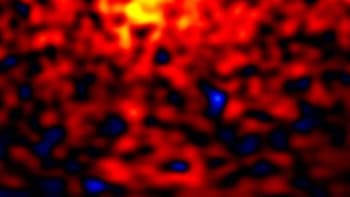The telescope that will take over from the Hubble Space Telescope has been named in honour of a previous head of NASA. The James Webb Space Telescope (JWST) will be built by TRW of Redondo Beach, California and launched in 2010. The Webb telescope will have six times the light-gathering capability of Hubble and will be able to see objects 400 times fainter than those observed by the best ground-based telescopes.
The telescope’s primary mirror will contain 36 semi-rigid hexagonal segments or “petals”. Once complete, the mirror will be 20 feet in diameter – the primary mirror of Hubble is 8 feet across. And the TRW design has to be perfect because, unlike Hubble, it will be too far from Earth for astronauts to service it.
Before and during launch, the mirror will be folded up. Once the JWST is placed in orbit, ground controllers will send a command telling the telescope to unfold its mirror petals. The telescope will carry a near-infrared camera, a multi-object spectrometer and a mid-infrared camera/spectrometer to study a wide variety of astrophysical phenomena, including star and galaxy formation, extrasolar planets, supernovae and supermassive black holes.
The telescope will operate at the second Lagrange point some 1.5 million kilometres from Earth, where the gravitational attraction of the Sun and Earth cancel each other out. It will be possible to keep the telescope and its instruments at low temperatures without complex refrigeration equipment because a single-sided Sun shield on one side of the observatory will be able to protect it from the light and heat of both the Earth and the Sun.
Naming the telescope after an administrator is an unusual move for NASA. Existing space telescopes have been named after famous astrophysicists like Edwin Hubble and Subrahmanyan Chandrasekhar. Webb led NASA between 1961 and 1968 and was responsible for more than 75 launches during his tenure. He died in 1992.



